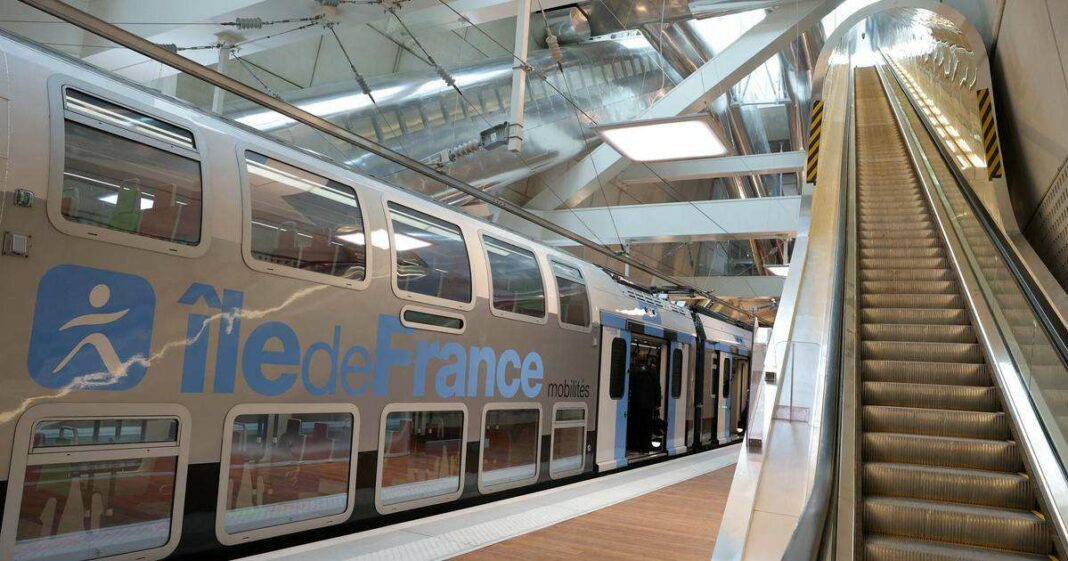Commuters in Île-de-France are set to benefit from enhanced RER E services, operating at full capacity from December 15, following the Éole project’s completion. The extension now links Haussmann-Saint-Lazare to Nanterre-la-Folie, significantly improving travel with increased frequency and capacity. While the line is expected to accommodate 650,000 daily users, delays in the westward extension to Mantes-la-Jolie may push completion to late 2029, with costs rising to 5.4 billion euros.
Exciting Developments for Île-de-France Public Transport Users
Great news for commuters in the Île-de-France region! Beginning this Sunday, December 15, the RER E line will finally be operating at full capacity, following the completion of the Éole project. This much-anticipated extension connects Haussmann-Saint-Lazare station to Nanterre-la-Folie, enhancing travel options for thousands of users. Since its inauguration last May, the line had only been functional during off-peak hours, running from 10 a.m. to 4 p.m. on weekdays and 10 a.m. to 8 p.m. on weekends, with just one train every 15 minutes. However, with the new adjustments, trains will now run every 4 minutes during peak times, thanks to the addition of 34 new RER NG trains that boost capacity by 20%.
Streamlined Connections and Increased Capacity
From now on, all RER E trains originating from the east—covering routes from Chelles-Gournay, Villiers-sur-Marne-Le Plessis Trévise, and Tournan—will seamlessly extend to Nanterre-la-Folie. “This line will now connect east to west, eliminating the need for transfers at Magenta-Nord or Haussmann-Saint-Lazare stations,” stated representatives from Île-de-France Mobilités and Transilien SNCF Voyageurs. During peak hours, a total of 16 trains will be operational, while off-peak hours will see 10 trains running each hour, translating to a train arriving every 6 minutes along the crucial section between Rosa Parks and Nanterre-la-Folie.
Officials project that the RER E will emerge as “the fastest RER line in Île-de-France, reaching speeds of up to 120 km/h in the central section.” Travelers can expect just 10 minutes for the journey between La Défense and Gare du Nord, and 24 minutes between the business district in Hauts-de-Seine and Val-de-Fontenay in Val-de-Marne. This expansion of the RER E is anticipated to alleviate congestion across the network, projecting a 15% decrease in traffic on the RER A between Châtelet-Les Halles and La Défense, along with a 12% reduction on the RER B and D lines.
In light of these enhancements, it’s estimated that the line will accommodate around 650,000 daily commuters in the coming months, a significant increase from the current 370,000. This number could rise even further to 700,000 with the eventual extension to Mantes-la-Jolie.
Challenges Ahead for Future Extensions
Despite these positive developments, the westward extension of the RER E towards Mantes-la-Jolie, initially set for completion by the end of 2026, is now facing delays. Full service is now expected to be available by late 2029, according to SNCF Réseau, although there could be partial service as early as 2027. The project manager cited issues with the implementation of the new digital signaling and switch system, which is complex due to the local traffic density.
The opening of the extension will occur in two phases. Initially, RER E will serve Mantes-la-Jolie in early 2027 with a limited service, followed by a full launch by late 2029, providing six trains per hour during peak times. “To hear about 2030 for a complete Éole service is truly disheartening. It’s incredibly frustrating,” expressed Valérie Pécresse, president of the region and Île-de-France Mobilités. She highlighted that the project, which has seen consistent investment over the years, is now projected to cost 5.4 billion euros, a significant increase from the initial estimate of 3.7 billion in 2015.
